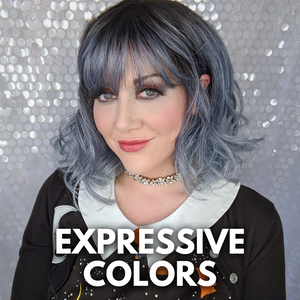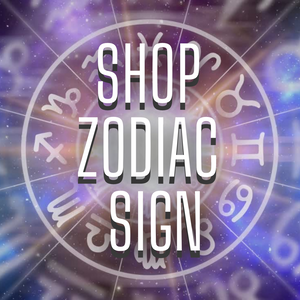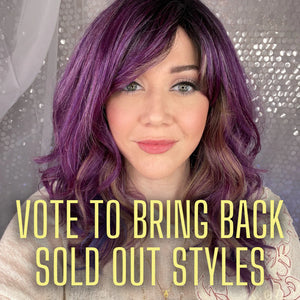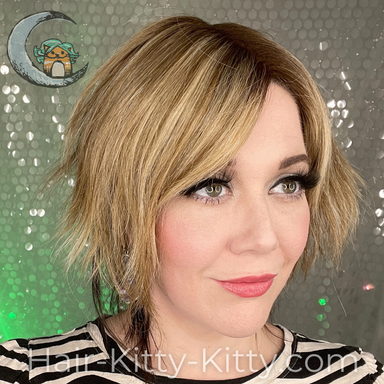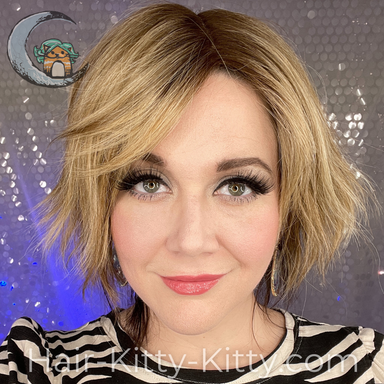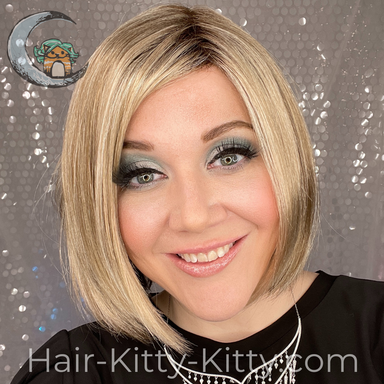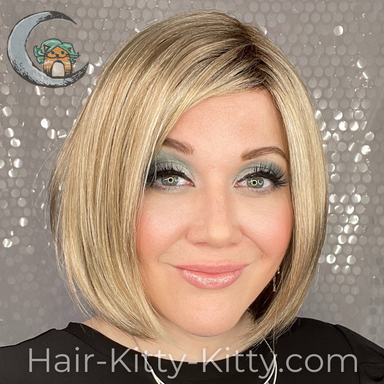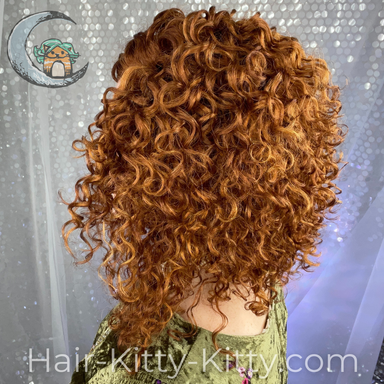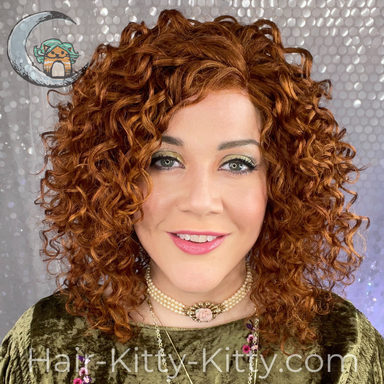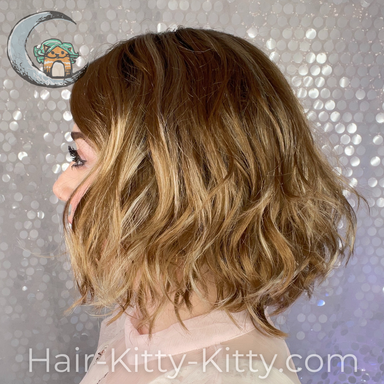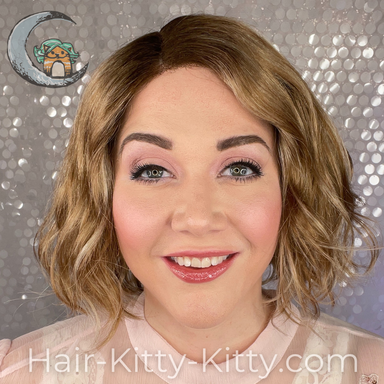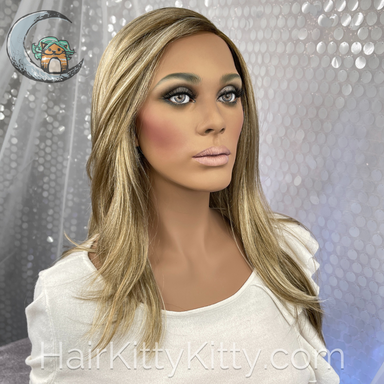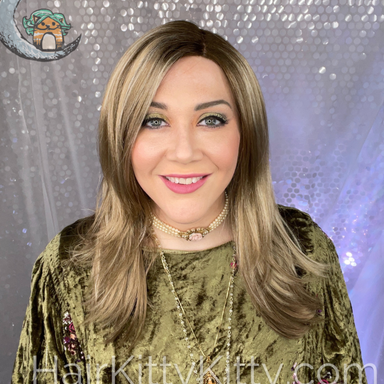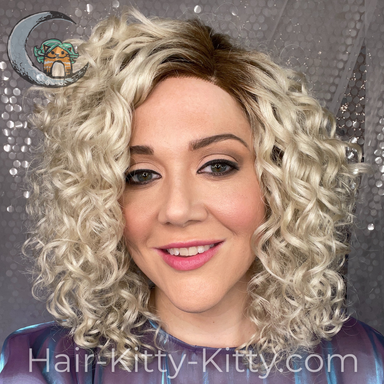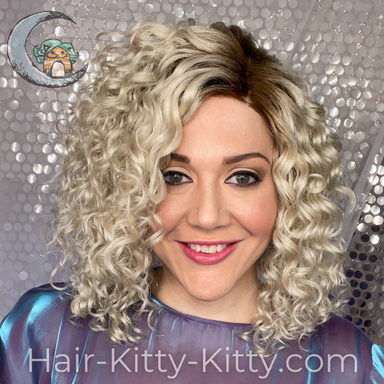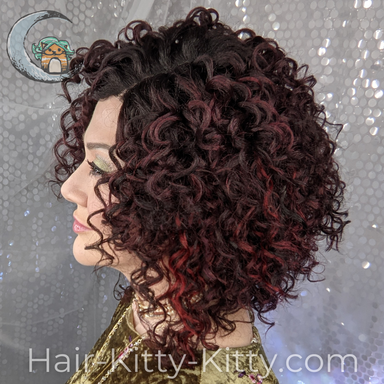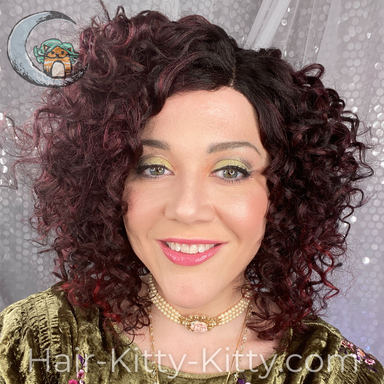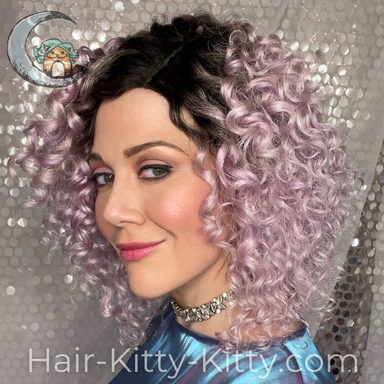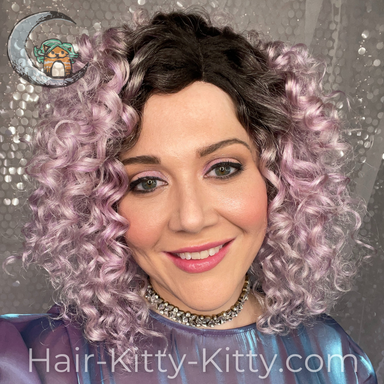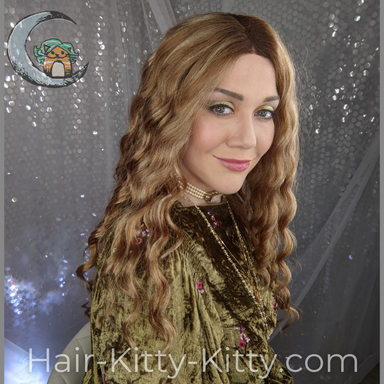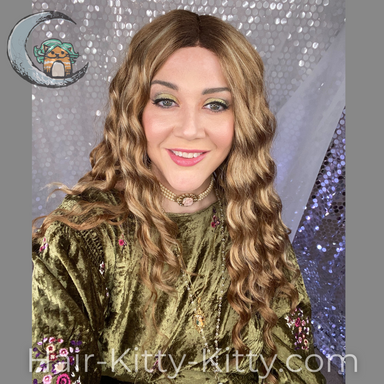Finding the undertones of your skin can unlock the key to finding out which colors will look the best on you, whether that is clothing, makeup, or hair color. However, determining your undertones is no easy task! Many people have more than one undertone. Others may have body undertones of one color and a different undertone entirely in their faces. Age and poor skin care can also make this a challenge. This is why it is a good idea to have a clear understanding of what you're attempting to determine, things that can get in the way, and what the goal is before you start!
Note: The TONE of skin color is generally how light or dark it is in the superficial outer layers. (IE: The amount of melanin often dictates the TONE.) The UNDERTONE, on the other hand, is the underlying color. Light, Medium, and Deep complexions can have any undertone. To determine undertone, you need to know up front that you're looking for something more subtle!
What we're looking for: The subtle underlying color of your skin tone; This is typically gold-ish (warm), slightly blue-ish (cool), or slightly green-ish (olive); Some people even have a little of all of the above and are said to have beige-ish (neutral) undertones
Potential obstacles: Rosacea, sun spots, acne, scars, freckles, discoloration, vitiligo, poor skin conditioning (dry skin takes on a dull, ashy, irritated appearance that may not be indicative of your skin undertone), uneven use of self-tanners or sunscreen products, and being so used to seeing your own face that you cannot view it objectively enough to make the determination (in which case, you should ask a friend with a good eye for color to help you)
The goal: Finding out which color families will work naturally with your undertones so you can choose hair colors, clothing, and makeup based on strategy and not chance.
Note: Your true undertones will not change with age, sun exposure, or laxity of the skin.
How to determine your skin undertone
Wrist Test (more reliable):
- If you see greenish color veins in your wrist, that indicates warm undertones.
- If you see blue or purple veins in your wrist, that indicates a cooler skin undertone.
- If you see a mix of blue, green and purple veins in your wrist, that could indicate a neutral undertone.
- Olive skin undertones are trickiest to determine because they are actually cool-dominant with hints of warm. (If the mix of cool and warm were even, the skin would be neutral, not olive.)
- Olive skin undertones often struggle with the wrist test or other simple means of determining skin undertone. If you also find these to be a struggle, consider that you might be olive or neutral in skin undertone.
Eye Test (less reliable):
- Golden or hazel eye flecks can indicate warm undertones.
- Blue and gray eye flecks can indicate cool undertones.
- A combo of both can indicate neutral undertones.
Window Test (more reliable)
- Stand in a white room near a window without any makeup on. This test works best if you do not have warm or yellow lights on in the room.
- Using a hand-held mirror, look at the area directly beneath your eyes.
- Does the skin look purple or blue (cool undertone), more yellow and green (warm undertone), or do you see both (olive or neutral)? Make sure you remember to discount any of the obstacles mentioned at the beginning of the article.
Skin Tan Test (reliable for paler complexions):
- Does the skin on your face burn easily or do you tan?
- If you generally turn pink or burn first, that’s a pretty good indication that you’re a cool undertone. (Side note: cool skin undertones also tend to freckle more often than warm skin undertones.)
- If your skin tends to tan easily leaving the skin a brownish hue, chances are you are warm.
- If you're just as likely to burn as you are to tan, chances are you have a neutral or olive undertone.
Blush Test (less reliable):
- Do you use blush? If so, which colors do you tend to use?
- If you choose a lot of pinks, deep reds, and rose undertones, chances are you have a cool skin tone.
- If you select peaches, corals, or red-orange hues, chances are you have warm undertones.
- Note that this test may not always be reliable because there is always a chance that your makeup selections are due to habit and may not always be the best colors for you.
- Also, olive and neutral skin undertones can wear a little of each category, so this test isn't as useful for them.
Jewelry & Clothing Tests (less reliable):
- Which colors do you like to wear?
- If you choose silver or silvery metals and a lot of pink, blue, green, grey, or purple clothing, chances are you have a cool skin undertone.
- If you choose gold or bronze metals and a lot of red, orange, yellow, brown, or earth toned clothing, chances are you have a warm skin undertone.
- Note that this test may not always be reliable because there is always a chance that your selections are due to personal preference and may not always be the best colors on you.
- Also, olive and neutral skin undertones can wear a little of each category, so this test isn't as useful for them.
CLICK HERE TO SEE NEXT HOW-TO ARTICLE: How to find the best hair color for your skin undertone (strategies)





